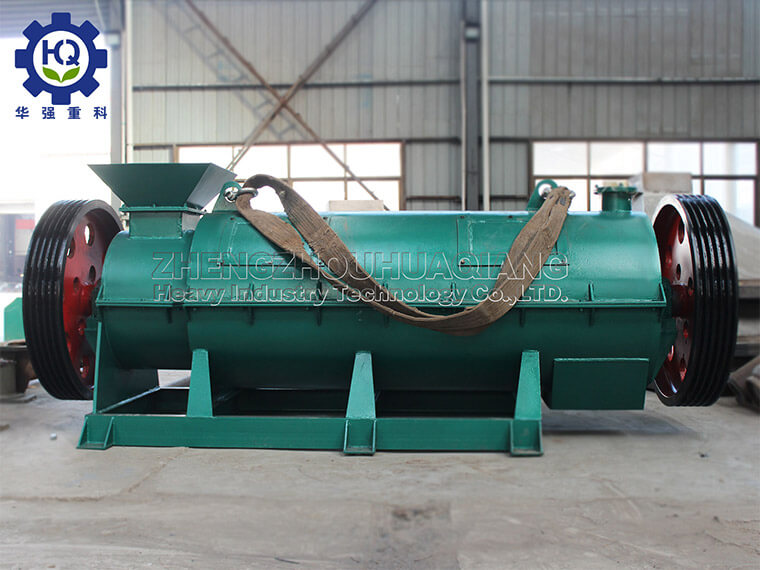Cage crusher is a medium-sized horizontal cage rod crusher, is the ideal choice for crushing urea, KNO3, NH4H2P04, (NH4)2HPO4, KH2PO4 and other compound fertilizer raw materials with water content less than 10%. It has the advantages of compact and simple structure, small footprint, stable operation, good sealing, easy cleaning, easy maintenance, long service life and so on. More importantly, the crushing effect is good, high crushing efficiency. Therefore, for compound fertilizer production, it is the first choice.
Characteristics and Application of Cage Crusher in Organic Fertilizer Production Line
Open discharge minimizes clogging. Bearing is simple, reasonable design of two motor inlet, feeder, milling shaft can produce a variety of product gradation, by changing the speed of fertilizer crusher to change whether it can be used as a crusher combination. Mixer low profile module design and rapid change from coarse to medium grinding grade stable performance, low failure rate
The application of cage crusher
1. Used for the crushing of raw materials and recovery of materials, the equipment is based on the production of compound fertilizer.
2. This machine is mainly used for crushing biological fermentation organic fertilizer materials with moisture of 25%~50%.
3. This machine is used for grinding various organic fertilizer, can be used for organic fertilizer production line.
We provide our customers with a high quality series of cage breakers, which are made of high quality raw materials. These cage breakers can be customized to every specification of our valued customers. These energy efficient cage breakers are known for their durability and quality. At the same time, we also win a good reputation among our customers due to our best after-sales service.

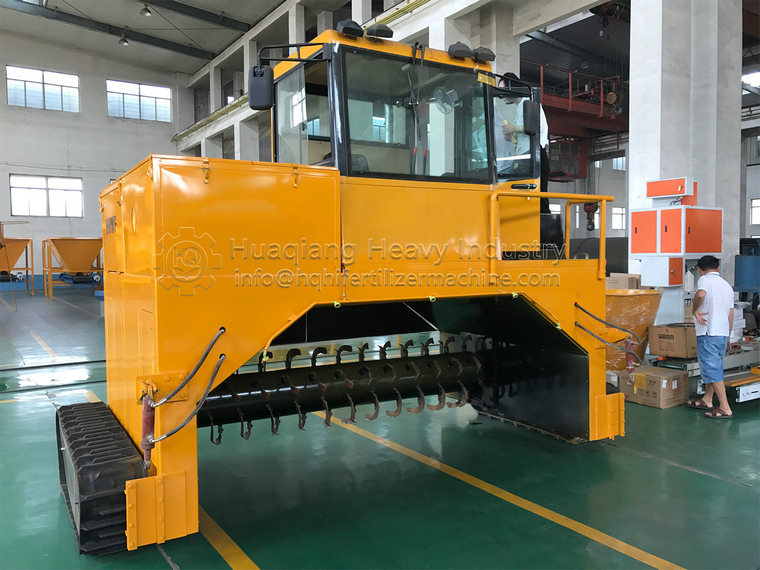
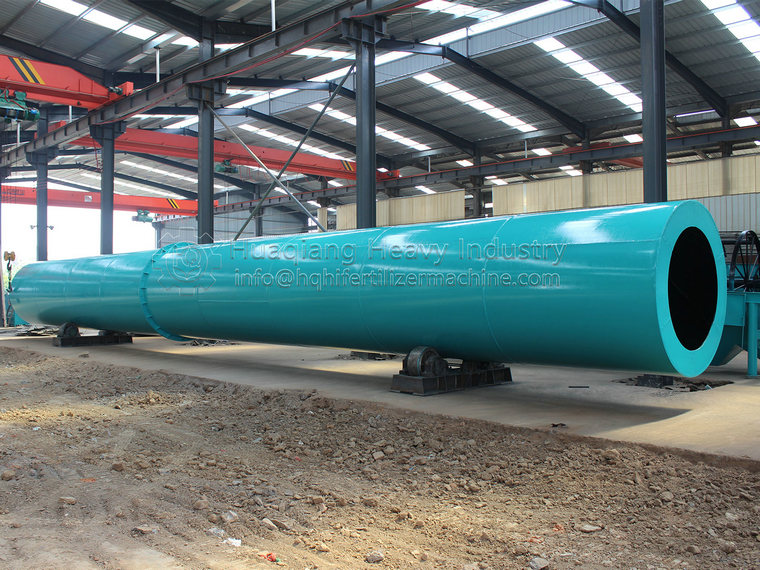
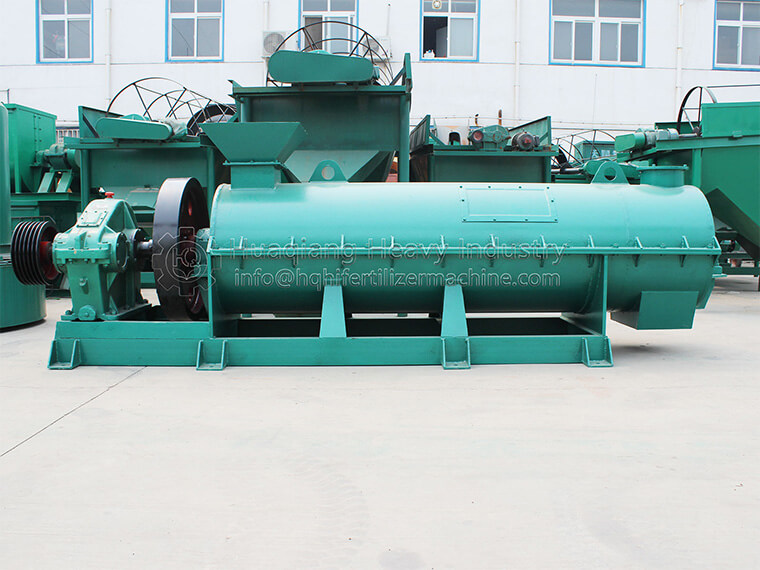
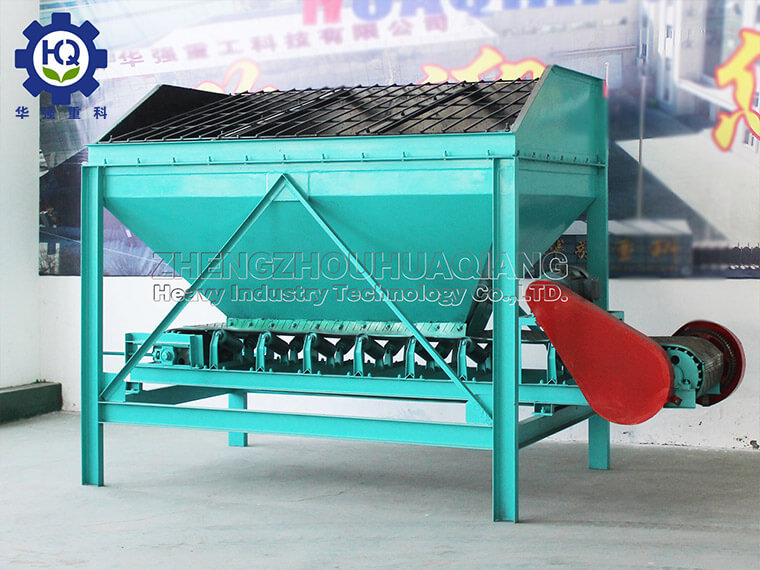
.jpg)
